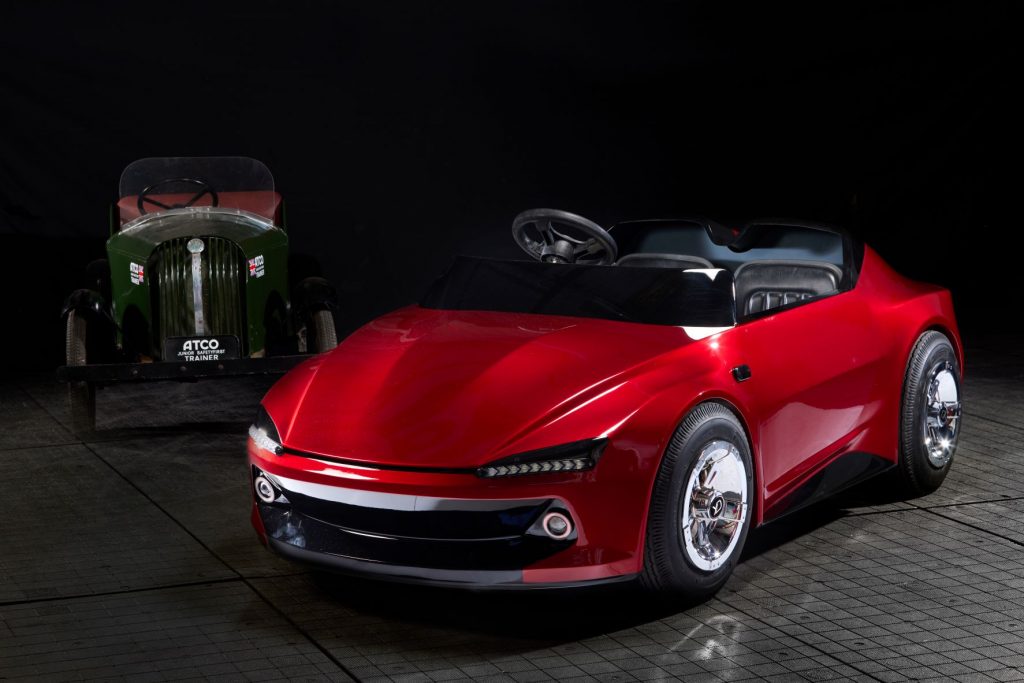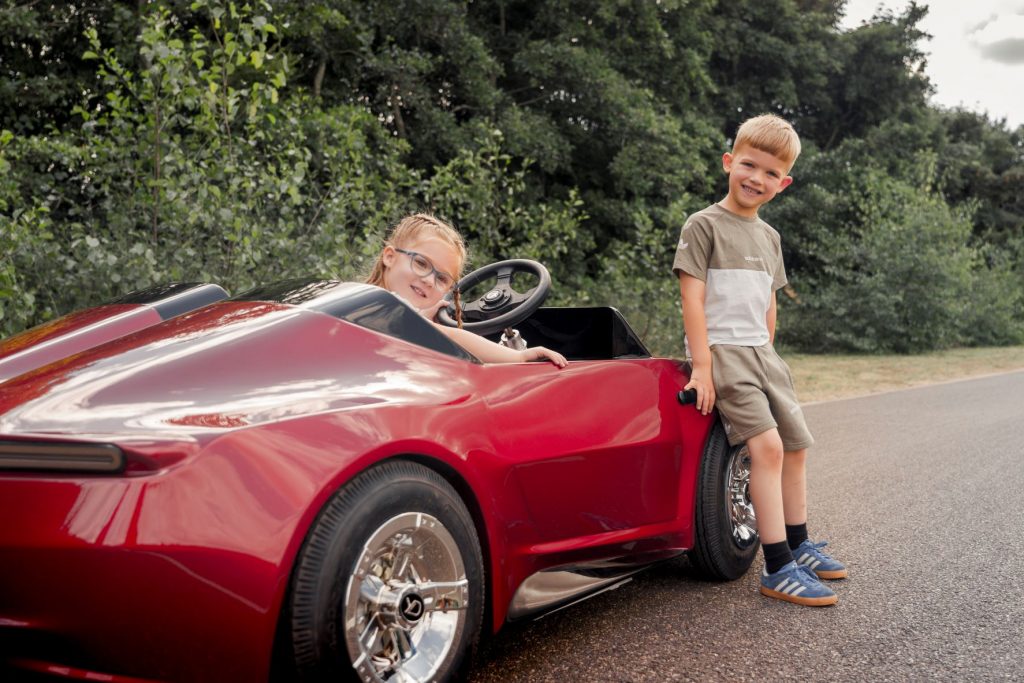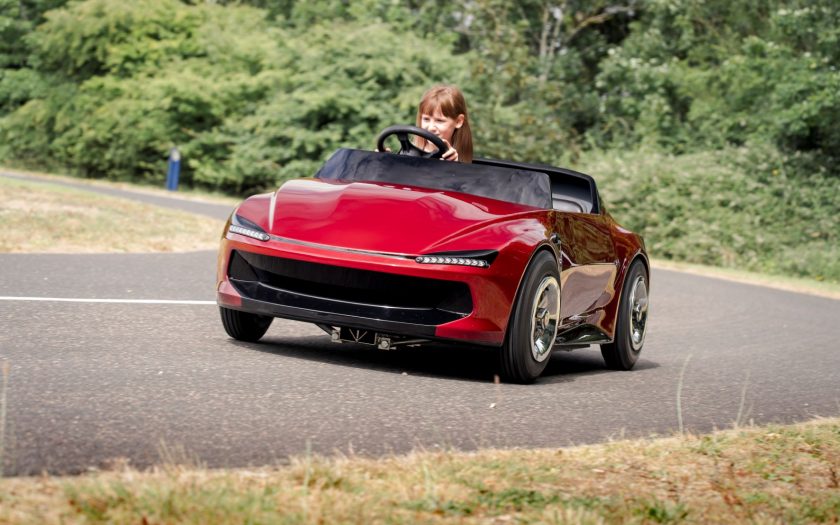GREEK PHILOSOPHER ARISTOTLE said, “Give me a child until he is seven and I will show you the man.” What he meant, of course, is that lifelong behaviours are established early in life.
seniordriveraus has long argued that driver training needs to start much earlier than it does, and habits and attitudes need to be cultivated and tuned from a young age.
We’re not alone, of course.

In the 1930’s safety experts had the right idea when it came to helping youngsters to be better drivers.
One company certainly thinks so and it’s even designed and produced the first all-British electric vehicle – which so happens to be for children – to prove it.
Back in 1938, the Atco SafetyFirst Trainer was created as part of a government-backed initiative to reduce road deaths in the pre-war period. It was conceived to help children acclimatise to driving before they took their tests with literature reading “If every car owner today had been driving since the age of six, road sense, quick reflex and mastery of controls would long ago have become instinctive. Result – a nation of skilled “veteran” motorists and road accident figures substantially reduced.”
Today the UK’s largest under-17 driver training scheme, Young Driver, is taking up the Atco mantle – and calling for the government to introduce a similar scheme to prioritise road safety in schools.
A near-unique road-legal Atco Training car survivor, owned by Young Driver, helped spark the idea and is the precursor to the scheme’s newly launched all-British and all-electric Firefly Sport which aims to teach young people from ages four and upwards about road safety.
Atco’s plans for the Junior SafetyFirst Trainer were cruelly cut short by the outbreak of war in 1939. Supported by the House of Lords Select Committee on the Prevention of Road Accidents, Atco’s plan was to design and engineer a car for seven to 17-year-olds that could be used in schools to teach the basics about roadcraft as a way of cutting road deaths. Atco had even built a road circuit in its Whitworth Works’ factory in Birmingham to show schools how such a layout could work for the SafetyFirst. Two hundred and fifty cars had been built by the time war broke out, but the materials were needed elsewhere once fighting began.
Today, Young Driver has delivered more than a million driving lessons to under-17s in the last 13 years, with young people getting behind the wheel of a modern dual controlled car, a classic car or the electric Firefly.
Ian Mulingani, managing director of Young Driver, said: “For the last 13 years we have been teaching under-17s to learn to drive in a safe and unpressured environment. We knew from independent research, and from our own past pupils, that this led to a safer new driver. It’s common sense that learning over a longer period of time, so those mechanical parts of driving become second nature, can only help. Once you turn 17 the pressure is on to pass your test as quickly as possible and you’re trying to learn on roads full of impatient drivers. The government of the 1930s knew it, and we’re calling on the current administration to also prioritise making road safety an active part of the school curriculum. Having better-prepared young drivers keeps us all safer on the roads, as fellow drivers, cyclists and pedestrians. And of course, there were only one million cars on the road in the 1930s, as opposed to over 35 million now.”

Operating at more than 70 UK venues, Young Driver offers youngsters aged from 10-17 the opportunity to drive a dual controlled Vauxhall Corsa or similar car, a Bentley Flying Spur, a choice of classic cars and a fire engine. Lessons take place on private property with full road systems including roundabouts, junctions, traffic lights and areas to practice manoeuvres. Younger children can even get their first driving experience in the sports car inspired two-seater Firefly – a ‘real’ electric car designed for 4-10s.
Naturally, there is no similar program in place in Australia.
